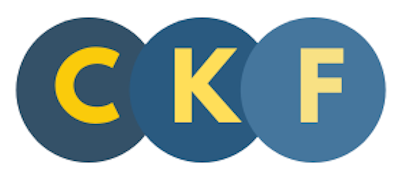Increasingly employers are turning to LinkedIn as a tool to find the right people to fill all important job positions. With over 225 million users in more than 200 countries LinkedIn is the most popular professional networking website in the world. You will probably find that a good number of your own contacts are already on it and so are many employers, even Richard Branson is on LinkedIn so who knows what could happen!
Why should I use LinkedIn?
The simple answer is that recruiters use LinkedIn to headhunt the right people for the right job. Headhunting is big business and recruitment agencies will use a plethora of tools to get the right person for the right job. LinkedIn is now a well established recruitment ground, so making sure your LinkedIn profile is out there and working for you effectively is essential.
Human Resource managers are also increasingly using LinkedIn as part of their employee recruiting strategies. This means that when HR professionals are compiling a short list, they will be looking at an individual’s online profile and specifically their professional profile.
What are employers looking for in a LinkedIn profile?
1. A well presented profile.
It sounds obvious but much like a CV, there are many ways you can present yourself and knowing how to create a profile that works for you is time consuming and can be greatly aided by a professional who knows how to communicate with your particular sector.
2. An employer-centric profile
A strong profile is essential but so is the need for a profile that speaks to the industry/sector that you want to gain employment in. We advise that you avoid a scattergun approach and think specifically about creating a profile that is tailored towards the industry, role or employer you are aiming for will – this help you help make your profile more effective.
3. A polished CV
LinkedIn has a useful feature which allows you to upload your CV as a word-processed document, and it will recognise the relevant information and it in the right order. By editing and tailoring the online ‘résumé’ you can create a page that really speaks to a prospective employer.
4. Experience
Make sure that your experience is fully explained. This makes the difference between a list of job titles and dates, and a proper full CV. If you need assistance making your experience work for you get in touch with the CK Futures team today.
5. References
LinkedIn has a specific function for this and potential employers will recognise the efforts you’ve made since they will be able to see your references much earlier in the recruitment process plus it will save them the effort of cold-calling your referee.
6. Endorsements
We also suggest you make the most of LinkedIn’s endorsements function. Endorsements are a great way of having your skills validated by others and are useful for employers to see your skills listed at a quick glance. You can also get endorsements for your skills, but be prepared to endorse others in return.
More top tips to make your LinkedIn profile work for you
Make the right contacts – Make sure your LinkedIn contacts move in similar professional circles – it speaks volumes to employers.
Follow the right companies – Following companies should give you a good idea of how they are doing, whether they are recruiting, who their competitors are and so on.
LinkedIn Groups – Joining professional groups is a good place to get advice and find industry professionals.
Follow industry news – You can filter news to show developments in areas of interest and use the share function so employers can see you have the commercial awareness and interest they’re looking for.
LinkedIn – www.linkedin.com/company/ck-futures
Twitter – @CKFUTURESUK
Email – cvs@ckfutures.co.uk Tel – +44 (0)1273 557691
